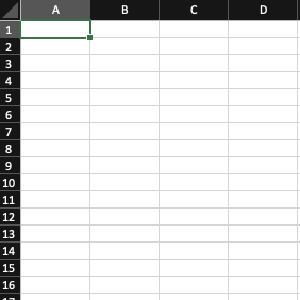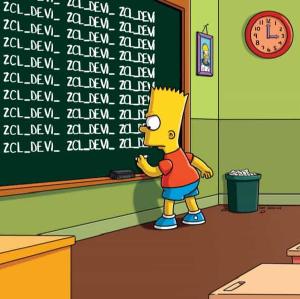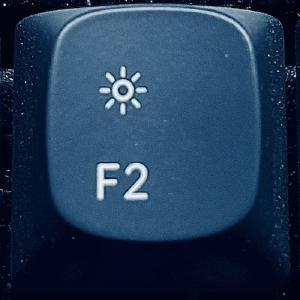No constant context changes in Eclipse ADT

Every time you switch contexts, you lose the thread slightly. It’s human nature. So the less you do, the better.
In Eclipse the compiler is not lazy
Languages shape thought

I read somewhere that Eastern mathematicians tend to solve a different kind of mathematical problem than Western mathematicians do.
To all those whole criticize 7.4 syntax

This post is addressed to the collective character that represents all the people who have told me that they like some things in the new 7.4 functional syntax but think that you shouldn’t overdo it and should avoid using REDUCE and all the other unnecessarily weird things because the code gets more obscure, it’s slower and they don’t see any advantages.
Are you serious?
Use BASE to not ruin what you already have

We used to use the APPEND and INSERT commands to add rows to internal tables. Now that ABAP has grown, we can use VALUE, REDUCE, CORRESPONDING, etc. But what if the internal table already has rows and we don’t want to lose them?
INNER JOIN instead of FOR ALL ENTRIES

A while ago I showed you that you could SELECT from an internal table. And then I asked myself: if that is possible, shouldn’t INNER JOIN be possible too?
YAGNI

You Ain’t Gonna Need It means Do what you want, but don’t say I didn’t warn you. Just kidding. Not really.
Copy from SAPGui to the clipboard

Did you know that your ABAP programme can copy content to your operating system’s clipboard?
SELECTing from an internal table
SELECT SINGLE vs SELECT UP TO 1 ROWS

Man, this is one of those endless discussions that will never get anywhere. Ditto trying to decide if you deserve to go on living if you put pineapple on your pizza or Philadelphia cheese on your sushi.
Call SM30 or SM34 from a function module

If you want to call the SM30 from a program you can use CALL TRANSACTION but there is a simpler way.
Use a dictionary instead of IF or CASE

The fewer IFs and CASEs the better, right? Every branch of an IF or a CASE is an exception. And we like rules better than exceptions. Here’s one more technique to achieve that.
Fix prefixes

It’s very easy to mess up with object names in SAP. I recently found a way to minimize that problem: set rules to fix per-package prefixes for certain object types.





